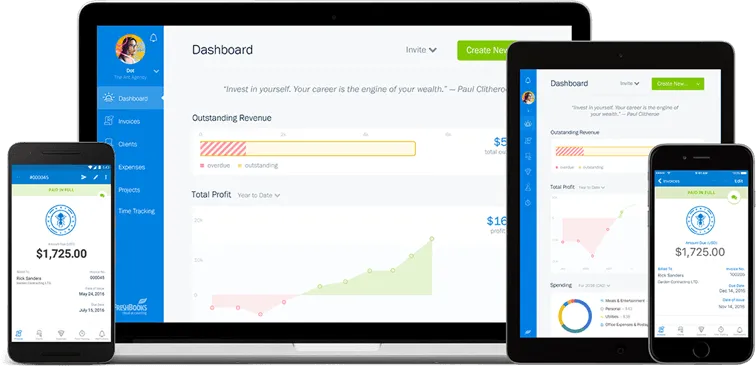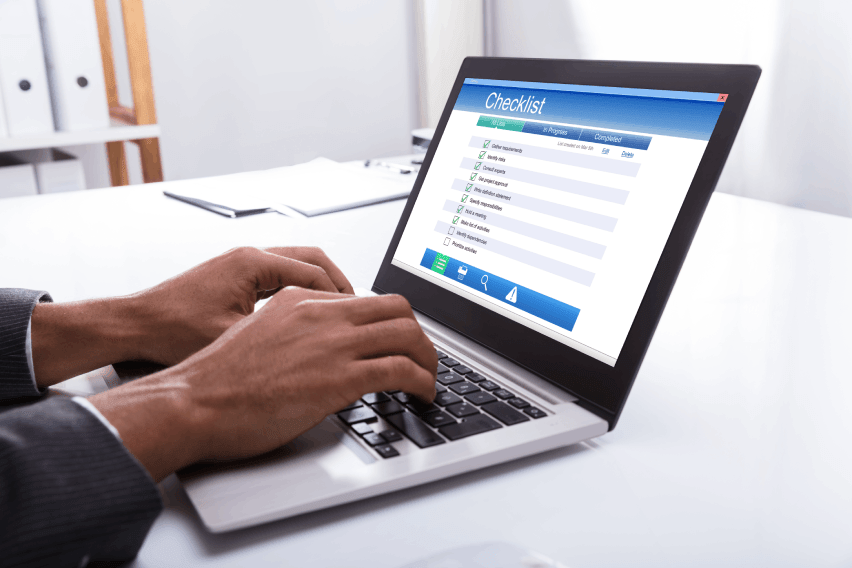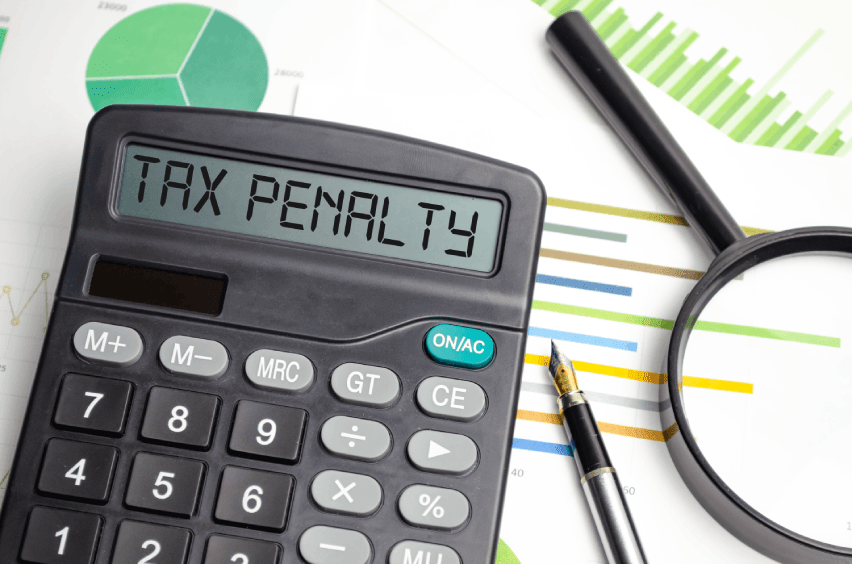Making Tax Digital Delay: Everything You Should Know

The Making Tax Digital (MTD) program from the UK government is part of an effort by His Majesty’s Revenue and Customs (HMRC) to digitise the tax system. Affected companies and individuals will need to keep digital financial records and submit their reports using MTD-compatible software.
In the case of MTD for Income Tax Self-Assessment (ITSA), the UK government has announced an initial Making Tax Digital delay until April 2026. It has also implemented notable changes to the timeline and income thresholds. Not everyone will be required to start using the MTD for ITSA program immediately.
Key Takeaways
- MTD for ITSA is delayed until April 2026 for affected individuals and small businesses earning over £50,000.
- Those earning between £30,000 and £50,000 will need to start using MTD for ITSA in April 2027.
- Making Tax Digital requires individuals to keep accurate records digitally, send quarterly updates, and submit annual end-of-period statements (EOPS).
- To comply with MTD for ITSA requirements, users will need to use approved, compatible software.
Here’s what we’ll cover:
What is Making Tax Digital for ITSA?
What is the New MTD for Income Tax Timeline?
Why Has MTD For Income Tax Been Delayed?
What to Expect from MTD for ITSA?
Tips to Prepare for MTD for ITSA
What is Making Tax Digital for ITSA?
Sole traders and certain other individuals are eligible for Self-Assessment in the UK for their income tax reporting. With Making Tax Digital for income tax, these individuals may no longer be allowed to submit their tax returns manually.
Instead, they will have to use MTD-approved software with an application programming interface (API). As part of the program, HMRC also requires quarterly updates and an end-of-period statement (EOPS) to determine how much tax they owe. Affected small businesses must also maintain accurate digital records of all income and expenses. With FreshBooks you as an business owner can make sure you are MTD compliant.
MTD for ITSA is the second stage in HMRC’s plan to expand the Making Tax Digital framework. The government first introduced MTD for value-added tax (VAT) in 2019, which became mandatory for VAT-registered businesses in April 2022.

What is the New MTD for Income Tax Timeline?
The UK government officially announced a Making Tax Digital delay in December 2022. Originally, MTD for ITSA was set to begin in April 2024 for anyone with a self-employment income of at least £10,000. The program would then expand to partnerships starting in 2025.
The new Making Tax Digital timeline delays the initial start date to April 2026 instead. They also increased the minimum thresholds for income.
- April 2026: Self-employed individuals and individuals with property income over £50,000 must comply with MTD for ITSA requirements.
- April 2027: Self-employed individuals and landlords with income between £30,000 and £50,000 must comply with the new MTD for ITSA obligations.
- Any other individuals who are currently eligible for Self-Assessment may choose to opt into MTD for ITSA before they are mandated to join.
- TBD: HMRC and the UK government plan to review eligibility and requirements for smaller businesses earning less than £30,000 annually.
Why has MTD for Income Tax Been Delayed?
According to the official statement released by HMRC on December 19, 2022, the government wanted to provide individuals and small businesses with “a longer period to prepare for MTD.” This is in light of the fact that “self-employed individuals and landlords are currently facing a challenging economic environment.” Indeed, over half of those surveyed by the Office of Tax Simplification (OTS) reported being unaware of MTD completely.
By allowing for more time, the government is better able to “ensure this works for everyone: taxpayers, tax agents, software developers, as well as HMRC,” said Victoria Atkins, Financial Secretary to the Treasury.
“HMRC remains committed to the delivery of Making Tax Digital as a critical part of our strategy for digitising and modernising the tax system,” said Jim Harra, HMRC Chief Executive and First Permanent Secretary, echoing Atkins’ sentiments. “But, we want to make sure we get this right and deliver it effectively.”
Is it Good News or Bad News?
Those affected by this scheme should see the Making Tax Digital delay of two years as good news. This will allow affected individuals and small businesses more time to transition their accounting practices to comply with MTD for ITSA requirements, including the quarterly updates and end-of-period statements (EOPS). It also gives them more time to learn how to use MTD-compliant software effectively.
Increasing the initial income threshold from £10,000 to £50,000 in 2026 and £30,000 in 2027 means that more modest self-employed people and landlords may not need to start using Making Tax Digital for income tax right away either. They can opt-in when and if they are ready to do so.
What to Expect From MTD for ITSA?
There are three main components to Making Tax Digital for Income Tax Self-Assessment:
- You must maintain accurate digital records of all financial transactions relevant to your business. These records may be in the form of accounting software or as a spreadsheet.
- You must submit updates to HMRC each quarter, detailing income and expenses for each quarter, using MTD-compatible software.
- You must submit an end-of-period statement (EOPS) each tax year, outlining any adjustments and finalising your tax statement. Submitting this statement with MTD digital software replaces the old Self Assessment tax return.
Tips to Prepare for MTD for ITSA
To get ready for the new tax system, affected taxpayers should take the following steps:
- Start keeping records in digital format: If you’re still keeping track of transactions only with pen and paper, establish a new system where you’ll be able to maintain accurate, up-to-date digital records of business dealings.
- Align reporting periods: It’s easiest to handle the new quarterly update requirement with MTD for ITSA if your internal accounting periods align with the quarters defined by HMRC.
- Migrate to MTD digital software: The government will mandate compatible software for MTD, so it’s best to take this time to familiarise yourself with the new system. Transition your record-keeping to the new software and learn how to maximise its benefits.
Make it easy for yourself to generate the required reports for MTD for ITSA compliance. With the reports feature in FreshBooks’ accounting software, you can create profit and loss statements, balance sheets, and tax summary reports in just a few clicks. This can save you much time and minimise errors compared to manual data entry. Click here to start your free trial.

Conclusion
To give taxpayers and agents more time to transition to the new system, HMRC delayed the start of MTD for ITSA by two years. It also changed the minimum income requirements. MTD for ITSA won’t be required of people earning over £50,000 until April 2026, extending to £30,000 or above in April 2027. You can checkout MTD guide for more details.

FAQs on Making Tax Digital Delay
How do I know if I am registered for making tax digital?
Sign into your HMRC online services account with your Government Gateway user ID and password. Click “View your tax account” on the business tax account page and navigate to the “Self Assessment” section. Once registered, you should receive an email from HMRC within 72 hours.
Will MTD be delayed again?
It’s impossible to say. As HMRC has already delayed Making Tax Digital once, it is reasonable to think it could happen again. For the latest information, refer to the HMRC website.
What should businesses and taxpayers do during the delay period?
During the Making Tax Digital delay period, taxpayers and small businesses should use the opportunity to adapt their existing business practices to comply with upcoming MTD for ITSA requirements. This includes using MTD-compliant software to maintain financial records and prepare reports to submit to HMRC.
Is any support available for businesses and taxpayers to help them prepare for Making Tax Digital?
Yes. On the HMRC website, you’ll find documentation and guidance to help businesses understand MTD compliance requirements. This includes a number of webinars and videos. You can also request assistance from the relevant HMRC helpline. Helpful resources here at FreshBooks may answer questions you have as well.
Will there be any changes to the penalties and fines for non-compliance with MTD due to the delay?
Yes, while existing penalty systems will remain in place for incorrect calculations and payments, there are changes relating to late submissions. The new points-based system triggers a £200 fine after an individual has accumulated a certain number of points. Points are levied when you submit reports late to HMRC and they expire after two years.
About the author
Balil Warraich is an ACCA and CPA with over ten years of experience in the financial space. He specializes in accounting, assurance, and taxation services. Balil currently resides in British Columbia, Canada, where you’ll find him at https://www.notioncpa.com/
RELATED ARTICLES


 Making Tax Digital Checklist: How To Get Started
Making Tax Digital Checklist: How To Get Started Making Tax Digital Penalties: How You Can Avoid Them
Making Tax Digital Penalties: How You Can Avoid Them Agent Services Account For MTD: How to Set It Up
Agent Services Account For MTD: How to Set It Up MTD Digital Links: Definition & Why You Need To Use It
MTD Digital Links: Definition & Why You Need To Use It Self-Assessment for Sole Trader: How to Prepare for MTD
Self-Assessment for Sole Trader: How to Prepare for MTD What Is Making Tax Digital: An Extensive Guide
What Is Making Tax Digital: An Extensive Guide